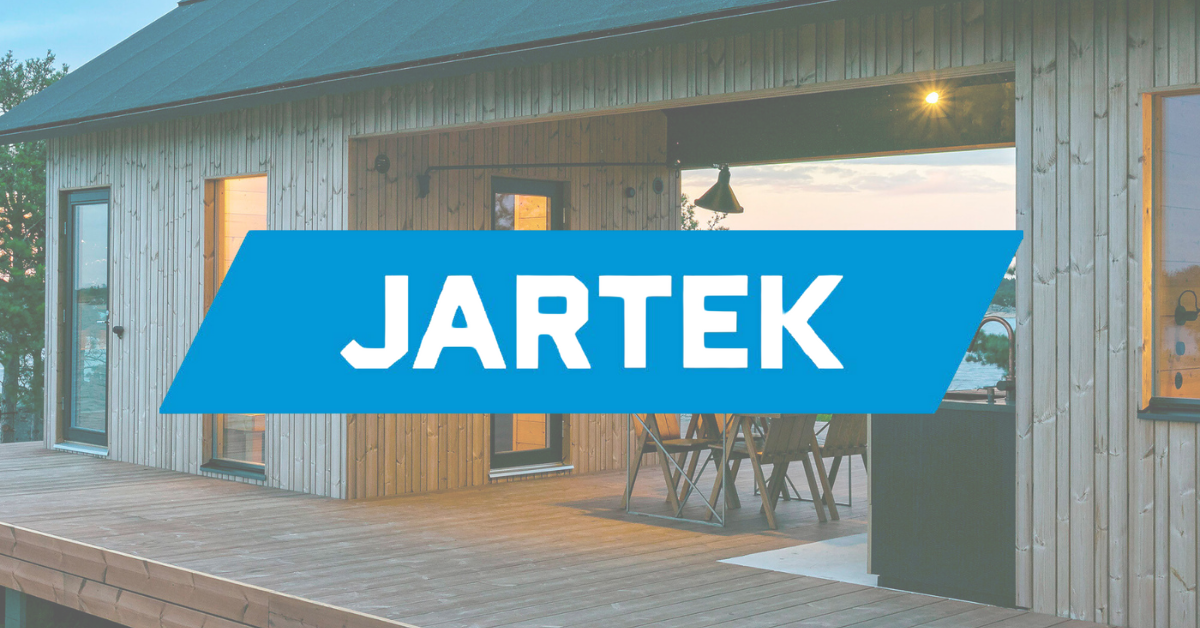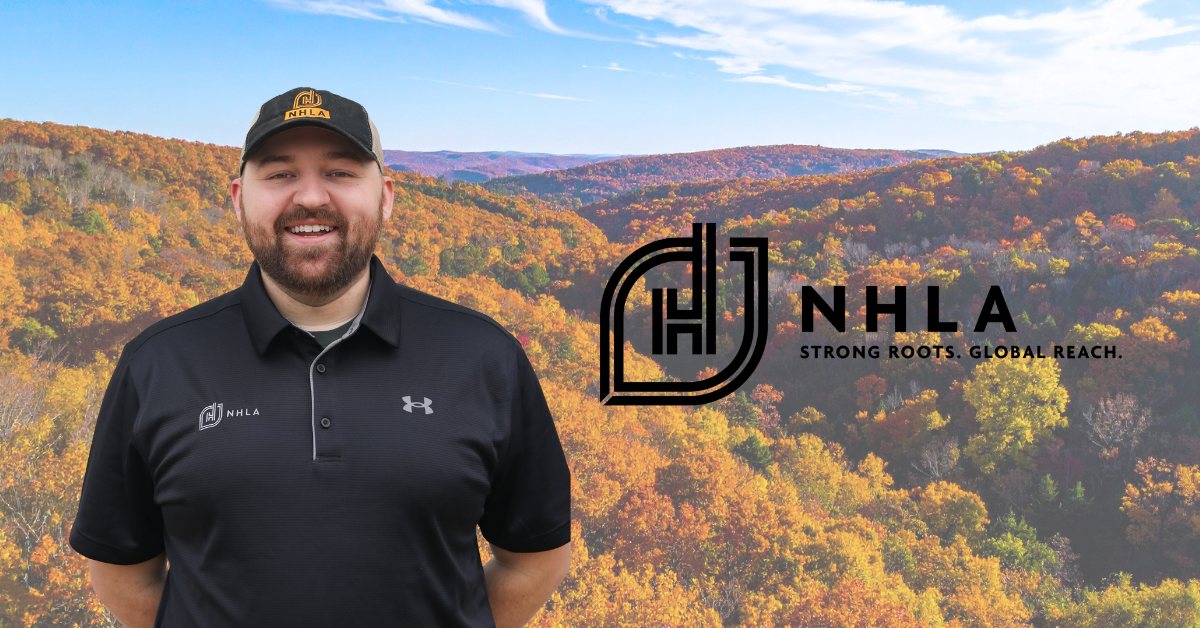“Is it automated or optimized?” - April Rules Corner
As a young man growing up in this industry, I have witnessed many changes, not only in the hardwood industry but also in technology.
The softwood industry began utilizing technology decades ago, mainly due to the lower margins and the need for product consistency. The hardwood industry produces a unique product with a multitude of end uses. This unique use case has, for many years, allowed hardwood sawmills to capitalize on larger margins and allowed the industry to operate with inefficient equipment and less technology.
It is time to rethink some of the strategies that have gotten us this far and start considering other products, technology, equipment, and training to move our industry forward in a more efficient and sustainable way.
There are some clear advantages and disadvantages to technology, with cost being a very big concern or barrier in many cases. The other area is the lack of knowledge of the existence of this newer technology and equipment, which can create doubt and uncertainty for potential customers.
Having had opportunities to work with a lot of this newer technology in the past and currently, and having a good understanding of what the products manufactured should look like, I have a somewhat different perspective of the value of this equipment and technology.
I have a question about the newer equipment being installed in sawmills today: “Is it automated or optimized?” If you automate a process, which is not a bad idea in some cases, you streamline or reduce effort, which could result in cheaper costs, but if you optimize, then your goal should be to perfect the process and maximize the ROI.
I am dumbfounded by some of the so-called “optimized” equipment I see running daily in hardwood sawmills that does not measure up to perfection! I have witnessed this phenomenon since 2001 with some of the earlier “light curtain” heard rig scanners and “optimized” edgers. The process just took away the need for the operator to perform mathematical equations in their head, but it fell well short of doing anything else to perfection. This type of investment can cause a lot of doubt and distrust in better equipment available today.
The bottom line is that simply making an operator’s job easier does not constitute “optimization,” which is the definition of “automation.”
NHLA has created a program with an experienced team that measures equipment and operators to help move towards the goal of “optimization” because, in my experience, you do not have the complete picture by simply installing a new piece of equipment without regularly verifying the accuracy of the output. Our team can help by consulting with your team to make better decisions on the types of technologies and equipment available to make you more money.
Contact your local NHLA representative or me at [email protected] or 901-399-7551 for more information.
by Dana Spessert,
NHLA Chief Inspector
Share:
Related News & Blog

November 5, 2025

November 5, 2025
Questions?
Have questions or need any assistance regarding the NHLA Annual Convention & Exhibit Showcase?
